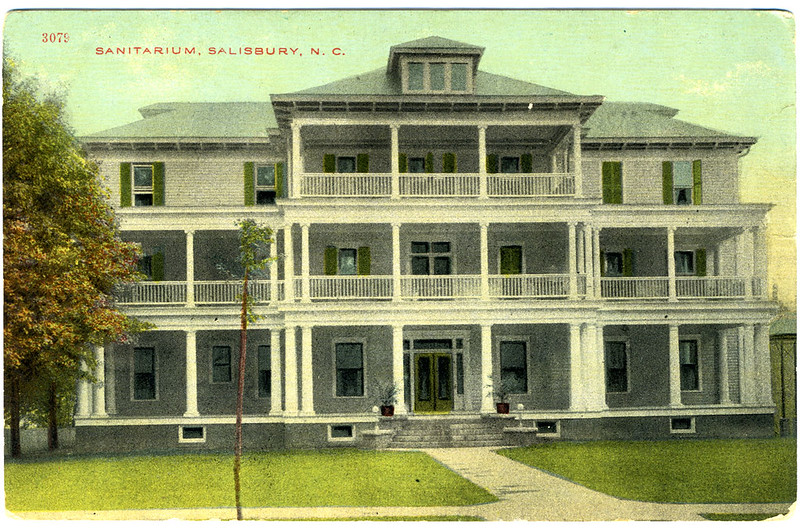
Diane L. Richard, MEng, MBA
Providing relief to those in need is not a modern concept. Throughout history, the records reflect the provision for assistance or relief to those in need. Whether one received food, a dispensation to not pay taxes, support money for a bastard child, was apprenticed, hospitalized in a sanitarium, or facing other struggles, they may have been the recipient of some form of relief for the poor. Beginning in the late 1700s, the United States and North Carolina created county poorhouses and poor farms; though not all NC counties built them. These institutions assisted the impoverished and the infirm via many different resources and programs. We will explore the 18th through 20th centuries to discuss types of relief for the poor, the laws enacted to provide such relief, and the records created that documented this assistance. Though it may sadden us to learn of our ancestors’ difficult circumstances, we can benefit from the records created.
(Image source: “Sanitarium, Salisbury, N.C.”, UNC Libraries Commons, Public Domain, via Flickr.com.)
Available in the NCGS online store is North Carolina Research – Genealogy and Local History, the text for the NCGS Webinar Series. For more information about the speaker, please see our flyer (pdf file).
You must be signed in to your NCGS membership account to view this resource.
